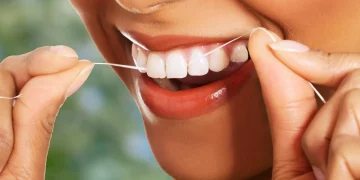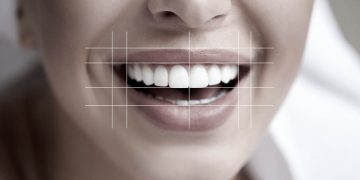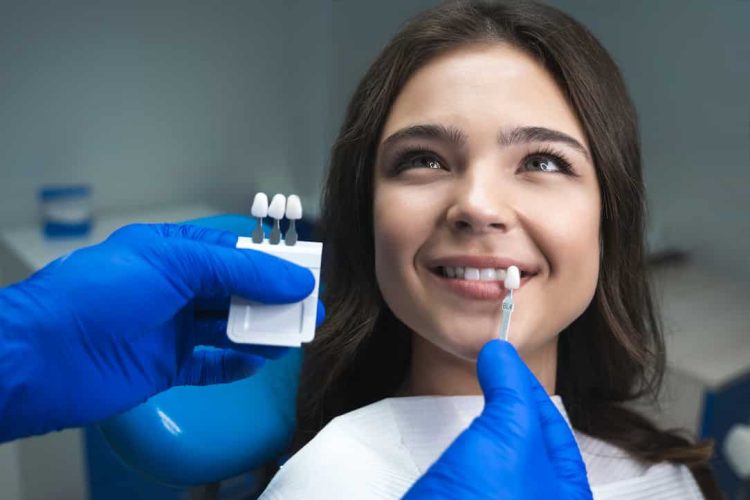Introduction
A perfect smile is often considered one of the most attractive features a person can have. Straight teeth not only enhance the aesthetics of your smile but also contribute to better overall oral health by making it easier to clean your teeth and gums. If you’re self-conscious about crooked teeth or a misaligned bite, orthodontic treatments can help transform your smile.
However, with so many orthodontic options available today, choosing the right treatment can be overwhelming. Whether you’re an adult or a teenager, there’s a solution that can work for your unique needs, preferences, and lifestyle. In this article, we’ll guide you through how to choose the most suitable orthodontic method to help you achieve that perfect smile.
1. Understanding Your Orthodontic Needs
Before diving into the different types of orthodontic treatments, it’s essential to first understand your specific dental concerns. Different orthodontic issues require different solutions, so identifying the problem is key to choosing the right treatment.
Common Orthodontic Issues:
- Crooked Teeth: Teeth that are misaligned or overlapping, often caused by a lack of space or genetics.
- Gaps Between Teeth: Spaces between teeth that may be caused by missing teeth or natural spacing.
- Overbite: When the upper teeth overlap excessively over the lower teeth.
- Underbite: When the lower teeth extend outward beyond the upper teeth.
- Crossbite: When some upper teeth fall inside the lower teeth, leading to misalignment.
- Open Bite: When the teeth don’t come together when biting down, often due to thumb-sucking or jaw growth issues.
By understanding the nature and severity of your orthodontic issues, you’ll be better prepared to select the appropriate treatment plan.
2. Traditional Metal Braces
What Are Metal Braces?
Traditional metal braces are the most common orthodontic treatment, consisting of brackets and wires that work together to move teeth into better alignment over time. The metal brackets are fixed to the teeth, and the wire is adjusted periodically to apply gentle pressure to the teeth.
Best For:
- Severe cases of crooked teeth, overbites, underbites, and other complex dental issues.
- Patients of any age, although they are most commonly used in teenagers.
Advantages:
- Effective for Complex Cases: Traditional braces are the most versatile option for addressing a wide variety of orthodontic problems.
- Constant Movement: Braces provide consistent, controlled movement of the teeth, leading to predictable results.
- Durability: The metal brackets and wires are strong and durable, ensuring that treatment is effective for even severe cases.
Disadvantages:
- Appearance: Metal braces are highly visible, which may be a concern for those who prefer a more discreet option.
- Comfort: The brackets and wires can cause irritation to the mouth and gums, especially after adjustments.
When to Choose Metal Braces:
- If you have complex alignment issues or need to address significant bite problems.
- If you don’t mind the aesthetic appearance of metal braces and are looking for an effective, tried-and-true solution.
3. Ceramic Braces
What Are Ceramic Braces?
Ceramic braces are similar to metal braces in terms of their structure and functionality but are made from tooth-colored or clear materials, making them less noticeable than traditional braces.
Best For:
- Those who want the effectiveness of traditional braces but with a more discreet appearance.
- Patients with moderate to severe orthodontic problems, such as crooked teeth and bite misalignments.
Advantages:
- Discreet Appearance: The clear or tooth-colored brackets blend in with your natural teeth, making them less noticeable than metal braces.
- Effective for Moderate to Severe Cases: Ceramic braces can address a wide range of dental issues just like metal braces.
Disadvantages:
- Fragility: Ceramic braces can be more fragile than metal braces and may break or chip if too much force is applied.
- Staining: The clear elastics used in ceramic braces may stain over time, especially if you consume foods or drinks like coffee, tea, or wine.
When to Choose Ceramic Braces:
- If you want a less noticeable option than metal braces but still need the reliability and effectiveness of traditional braces.
- If you are comfortable with slightly more frequent maintenance (e.g., elastic changes to prevent staining).
4. Invisalign (Clear Aligners)
What Is Invisalign?
Invisalign is a modern orthodontic treatment that uses a series of clear, custom-made aligners to gradually move teeth into their correct positions. The aligners are removable, so you can take them out when eating, drinking, or brushing your teeth.
Best For:
- Mild to moderate cases of misalignment, including crooked teeth, small gaps, and slight bite issues.
- Adults and teens who prefer a discreet and comfortable orthodontic treatment option.
Advantages:
- Nearly Invisible: Invisalign aligners are clear, making them the most discreet option for orthodontic treatment.
- Removable: You can remove the aligners when eating, drinking, brushing, and flossing, allowing for greater flexibility and improved oral hygiene.
- Comfortable: The aligners are smooth and custom-fitted, making them more comfortable than metal or ceramic braces.
- Fewer Visits: Invisalign typically requires fewer visits to the orthodontist for adjustments, as you simply progress through a series of aligners.
Disadvantages:
- Limited to Certain Cases: Invisalign is ideal for mild to moderate cases of misalignment but may not be suitable for more complex issues.
- Discipline Required: Since the aligners are removable, you need to be disciplined about wearing them for at least 22 hours per day. Failing to do so can delay progress.
- Cost: Invisalign tends to be more expensive than traditional braces or ceramic braces.
When to Choose Invisalign:
- If you prefer a discreet, comfortable, and removable option.
- If you have a mild to moderate case of misalignment and want a less noticeable treatment option.
- If you’re willing to commit to wearing the aligners for the recommended number of hours each day.

5. Lingual Braces
What Are Lingual Braces?
Lingual braces are similar to traditional metal braces, but instead of being placed on the front of your teeth, they are attached to the back, making them completely invisible from the outside.
Best For:
- Those who need traditional braces for complex issues but want the treatment to be completely hidden.
- Adults who want to avoid visible braces.
Advantages:
- Invisible Treatment: Since the braces are placed on the back of the teeth, they are completely hidden from view, making them ideal for those who don’t want their orthodontic treatment to be visible.
- Effective for Severe Cases: Lingual braces can treat a wide range of orthodontic issues, including severe misalignment and bite problems.
Disadvantages:
- Speech and Comfort: Lingual braces may initially cause some difficulty with speech and discomfort, as they are placed on the back of the teeth.
- Maintenance: They can be harder to clean and maintain compared to traditional braces or Invisalign, which can lead to issues with oral hygiene.
- Cost: Lingual braces tend to be more expensive than traditional metal braces due to their complexity and the customization involved.
When to Choose Lingual Braces:
- If you need traditional braces but want an invisible solution.
- If you’re looking for a treatment option that is discreet but still highly effective for complex cases.
6. Accelerated Orthodontics
What Is Accelerated Orthodontics?
Accelerated orthodontics is a method designed to speed up the orthodontic treatment process by promoting faster tooth movement. This is achieved using specific techniques or devices like high-frequency vibrations (e.g., AcceleDent) or micro-osteoperforations (the process of creating small holes in the bone to stimulate faster tooth movement).
Best For:
- Patients who want to reduce the overall duration of their orthodontic treatment.
- People who are undergoing any form of braces or aligner treatment and are looking for quicker results.
Advantages:
- Faster Results: Accelerated orthodontics can significantly reduce the amount of time it takes to straighten your teeth.
- Efficient Treatment: It can speed up the movement of your teeth, meaning you’ll spend less time in braces or aligners.
Disadvantages:
- Additional Cost: The cost of accelerated treatments may add to your overall orthodontic expenses.
- Discomfort: Some methods used in accelerated orthodontics, like micro-osteoperforations, may cause temporary discomfort.
When to Choose Accelerated Orthodontics:
- If you want to shorten the time required for your orthodontic treatment without compromising the results.
- If you’re already undergoing treatment with traditional braces or Invisalign and want to speed up the process.
Conclusion
Choosing the right orthodontic treatment for a perfect smile depends on several factors, including your specific dental needs, lifestyle preferences, and budget. Whether you’re looking for the visibility of traditional metal braces, the comfort and discreetness of Invisalign, or the complete invisibility of lingual braces, there is an option to suit your requirements.
Consulting with an experienced orthodontist is key to determining which treatment will work best for you. They will assess your unique dental concerns and help guide you toward the most appropriate solution, ensuring that you achieve the smile you’ve always dreamed of.
Remember, your perfect smile is within reach – it’s just a matter of choosing the right path to get there!













































Discussion about this post